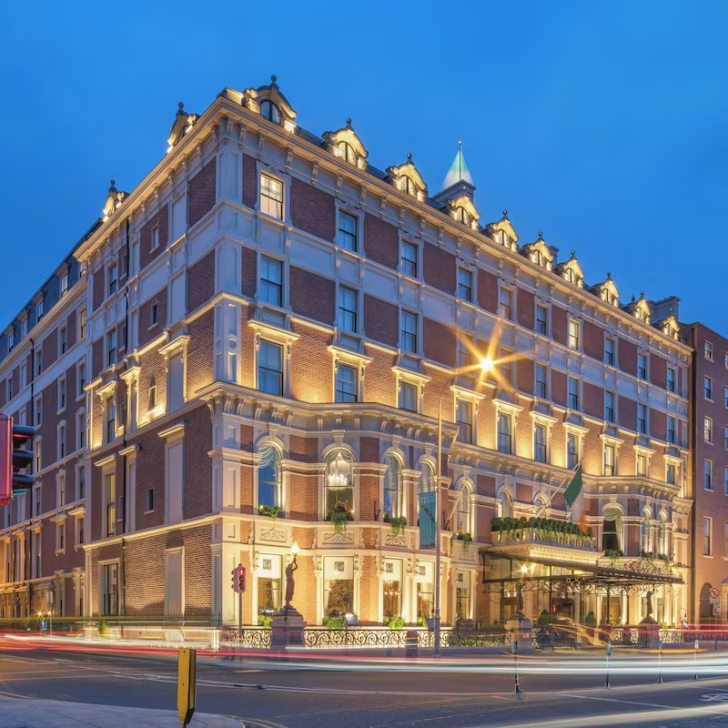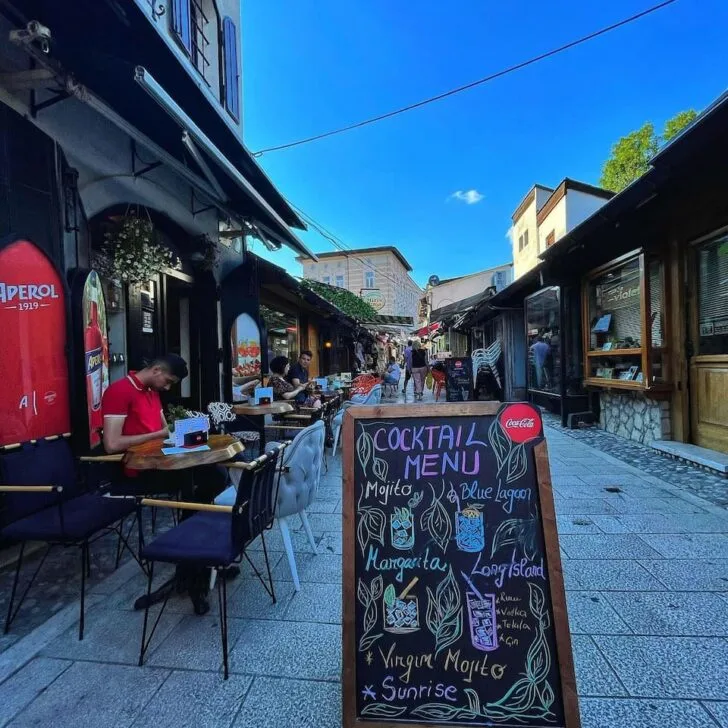We may receive a commission if you make purchases through affiliate links (at no extra cost to you). Read why our approach to travel is different.
Hemmed in by Belgium, France and Germany, the Grand Duchy of Luxembourg is Europe’s seventh and the world’s 27th smallest country. What it lacks in size, it makes up for in wealth. This tiny tax haven has the highest GDP per capita in the world. It also has the highest wine consumption per capita, a statistic I find it far easier to resonate with.
First settled in Palaeolithic times, around 35,000 years ago, Luxembourg ruled the Holy Roman Empire from 1308 to 1437. When the House of Luxembourg ran out of heirs, the country fell into insignificance as part of the Hapsburg Empire and, later, France. It wasn’t until 1815 that the Grand Duchy was born.

With all that in mind, there are endless reasons to visit Luxembourg. When you do, sampling some Luxembourg traditional food should be high on your agenda. With a cuisine which reflects the Duchy’s occupiers from centuries past, Luxembourg traditional food is as rich and varied as its history.
We’ve prepared the ultimate foodie bucket list, including 8 must-eat dishes not to miss on your next trip to Luxembourg.
Skip to...
Getting to Luxembourg
Given its central location, Luxembourg is easy to reach from almost anywhere in Europe. Luxembourg Findel Airport (LUX) handles over five million passengers every year. The majority state-owned flag carrier, Luxair, has turned the airport into something of a European mini-hub, with frequent flights to every corner of the continent. From further afield, you’ll need to connect through a major European airport.
Findel Airport is only three miles from the city center. Whilst car hire outlets are available, using public transport to get around is the best idea. All public transport in Luxembourg is free to use. Buses and trams run frequently from the airport to Luxembourg City.

Luxembourg is also a great country to visit as part of a longer European adventure. International trains link the Duchy with Belgium, France and Germany. Explore all three of the Low Countries, or Benelux (Belgium, The Netherlands, Luxembourg), by adding Luxembourg onto our Ultimate Belgium Itinerary and an Amsterdam city break.
Where to Stay in Luxembourg
Covering under 1,000-square miles, you can sample all the best Luxembourg traditional food from one base. We recommend staying in Luxembourg City. Despite being the capital and a global financial hub, its population of just 136,000 gives the city a small town feel. Better still, the city center is extremely walkable. And that free public transport makes day tripping across the Duchy even easier.

As you’d expect for a country this wealthy, hotel prices can be on the higher side. Last minute bargains are rare, so book as far in advance as possible. One of the best value spots in the city is Hotel Vauban. Sitting within the fortified Old Quarters, the rooms are cozy but modern, well decorated and the breakfast is plentiful.
For a little more comfort, I love the uber-modern Hotel Simoncini with walls so white you won’t want to rub against them. The best located, and most luxurious accommodation in the city, Hotel Le Place d’Armes is perfect for romantic escapes. A member of Relais & Chateaux, this stunning art deco property is on Luxembourg City’s main square and comes with three restaurants and an elegant champagne bar.
Luxembourg Traditional Food: 8 Must-Eat Dishes
1. Judd mat Gaardebounen
Hailing from the village of Gostingen, a couple of miles from the German border, Judd mat Gaardebounes the most traditional of all Luxembourg traditional food. Often considered the Duchy’s national dish, you’ll have no trouble seeking it out.
Pronouncing it, on the other hand, is less simple. Judd and mat are exactly as they’re spelt; Gaardebounes is pronounced guard-ey-bo-nen. The name essentially means “beans with beans”, which isn’t entirely correct. There are beans, but they’re beans with pork.
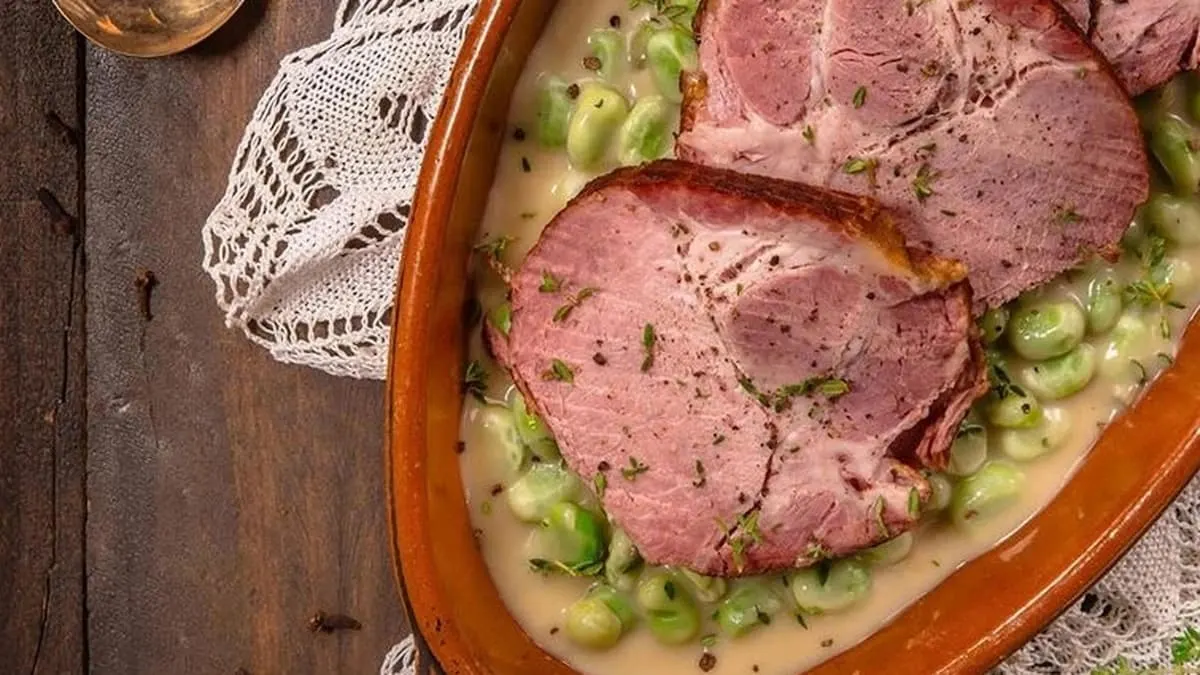
The pork, always a shoulder cut if you want the authentic version, is traditionally salt-cured overnight before being slow-cooked with water, vegetables, herbs and local wine. Broad beans are added to a cream and white wine sauce which is served over, or alongside the meat. Some modern recipes used sliced ham or smoked pork in place of the shoulder meat to save time and cost.
2. Bouneschlupp
Oft dubbed the Duchy’s second national dish, Bouneschlupp is a hearty Luxembourgish soup. Another bean-centric Luxembourg traditional food, green beans, potatoes, bacon and onions are the main ingredients.
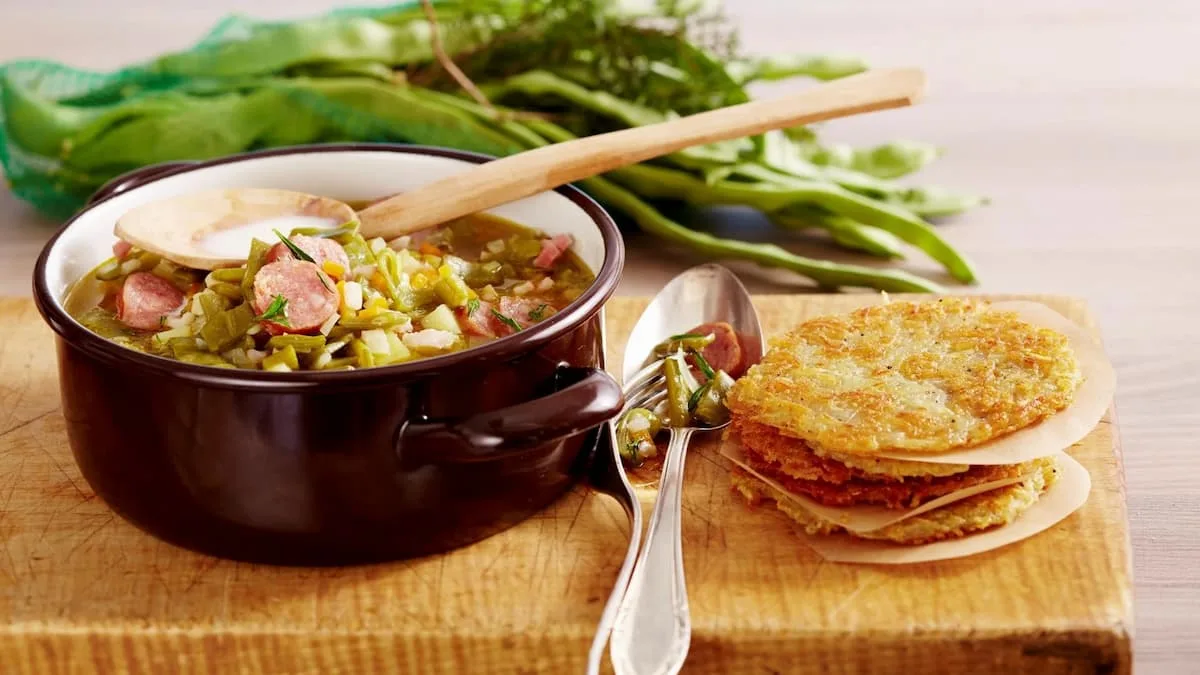
Vegetable stock forms the base of the soup, and for the most authentic version, they use smoked bacon or Dutch metworst. Although a Luxembourg staple, you can also find Bouneschlupp outside of the Duchy, particularly in border areas of Belgium, France and Germany.
Gromperenzopp
A lighter variant of Bouneschlupp, Gromperenzopp is similar to a classic leek and potato soup. Sliced sausage or bacon is added and the soup is topped off with fried onions.
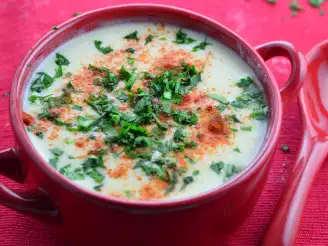
3. Traipen
In the years following World War Two, tripe was a butchers’ counter staple across Europe, particularly in the United Kingdom. In recent years, it has, quite understandably, fallen out of favor. After all, the concept doesn’t sound particularly appealing. But, a little like haggis, the taste will quickly blow those preconceptions away.
Traipen is the Luxembourg traditional food take on blood sausage. Similar to black pudding, it’s made with pig fat, blood and offal cuts (I’ll let you look those up yourself).
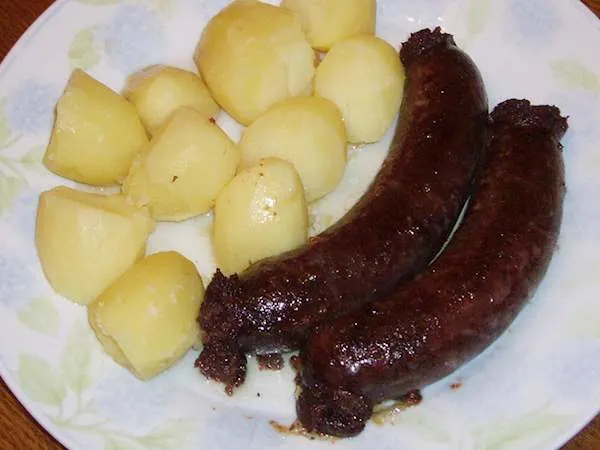
Unlike British or American blood sausage, traipen is peppered with cabbage and flavored with caraway seeds to give it a smokier taste. Another difference is that it traditionally comes as a stand alone dish with potatoes and sauce rather than as an accompaniment.
4. Friture de la Moselle
Flowing from the Vosges Mountains in France into the Rhine near Koblenz, the Moselle river runs through the heart of Luxembourg City. It’s no surprise then, that one of the top Luxembourg traditional foods uses fish from that very river.
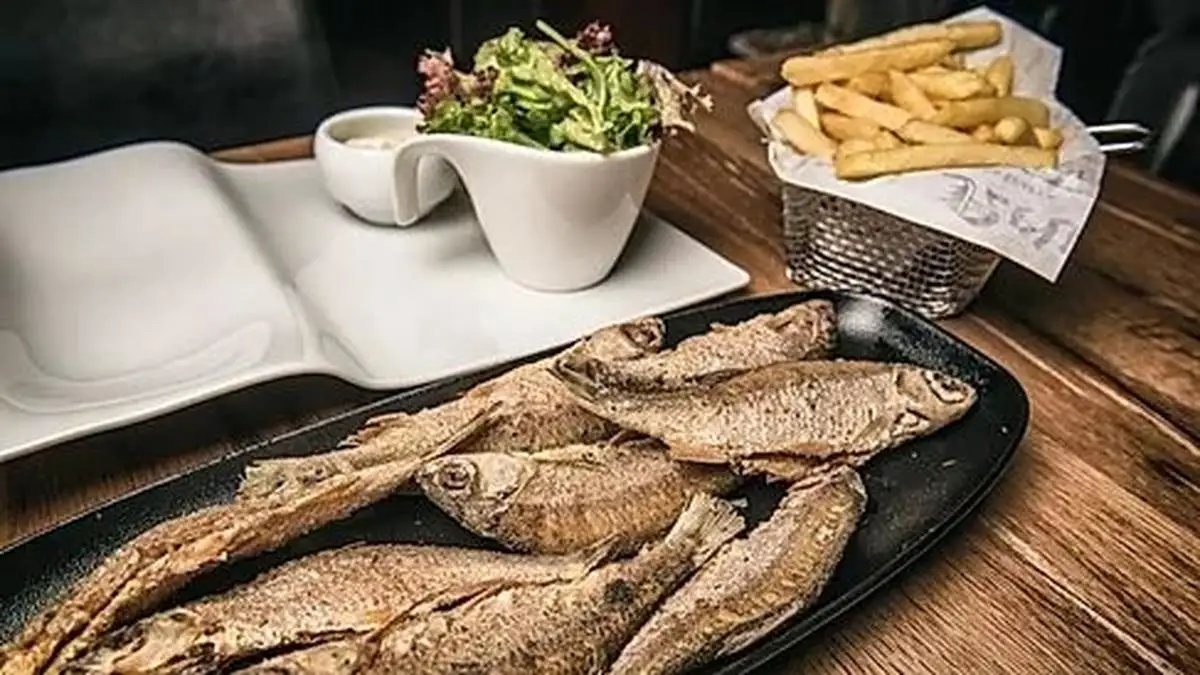
Small whitebait-like fish (no one species has to be used) are seasoned with salt and pepper before being soaked in lemon juice. Next, they’re battered, whilst still whole, and deep-fried. Friture de la Moselle often comes with a slice of lemon to add even more zesty flavor.
5. Letzeburger Kniddlelen
If you’ve been sampling the local cuisine along your journey through Europe, you’ve likely already encountered more than your fair share of dumplings. Whilst the concept of dumplings is thought to have originated in China, local takes on the dish are a staple throughout Europe.
Letzeburger Kniddlelen isn’t the only dumpling to become a Luxembourg traditional food, but it is the most popular. Wherever you are in the Duchy, this is the dumpling you can be sure of finding.
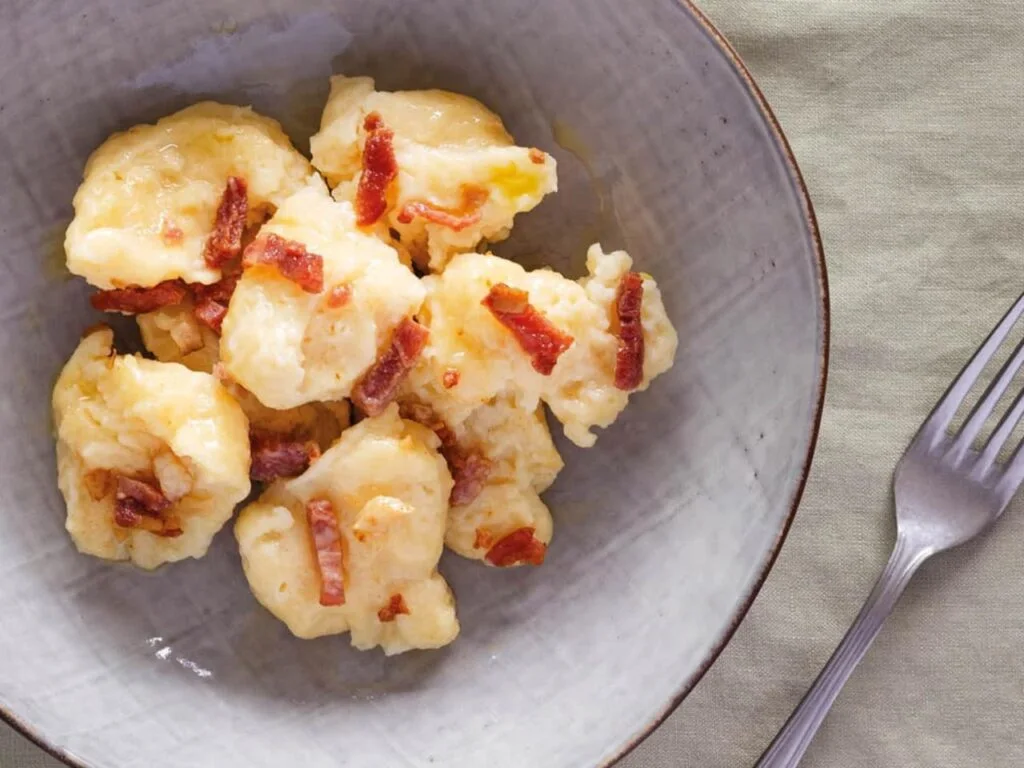
Kniddlelen are far denser than Asian dumplings, Russian pelmeni and the khinkali you may have tasted in Georgia. The batter is deep fried, then combined with a creamy white sauce and smoked bacon lardons. Some variants use smoked pork and broad beans instead.
6. Bouchée a la Reine
Showcasing the heavy French influence on Luxembourg traditional food, Bouchée a la Reine were created for the Queen of France in the 18th century. Although the basis of the dish is the same in both countries, Luxembourg has added its own touch to this creamy pie.

Buttery puff pastry is the key to Bouchée a la Reine. The flaky pastry is filled with chicken and mushrooms and baked to perfection. Whereas the French variant uses bechamel sauce, Luxembourg’s take on the pie uses a creamy veal sauce instead.
7. Quetschentaart
Turning our attention to sweet Luxembourg traditional food, Quetschentaart is the Duchy’s most famous dessert. Created by iconic Luxembourgish chef Ketty Thull, it consists of shortcrust pastry topped with sliced plums.
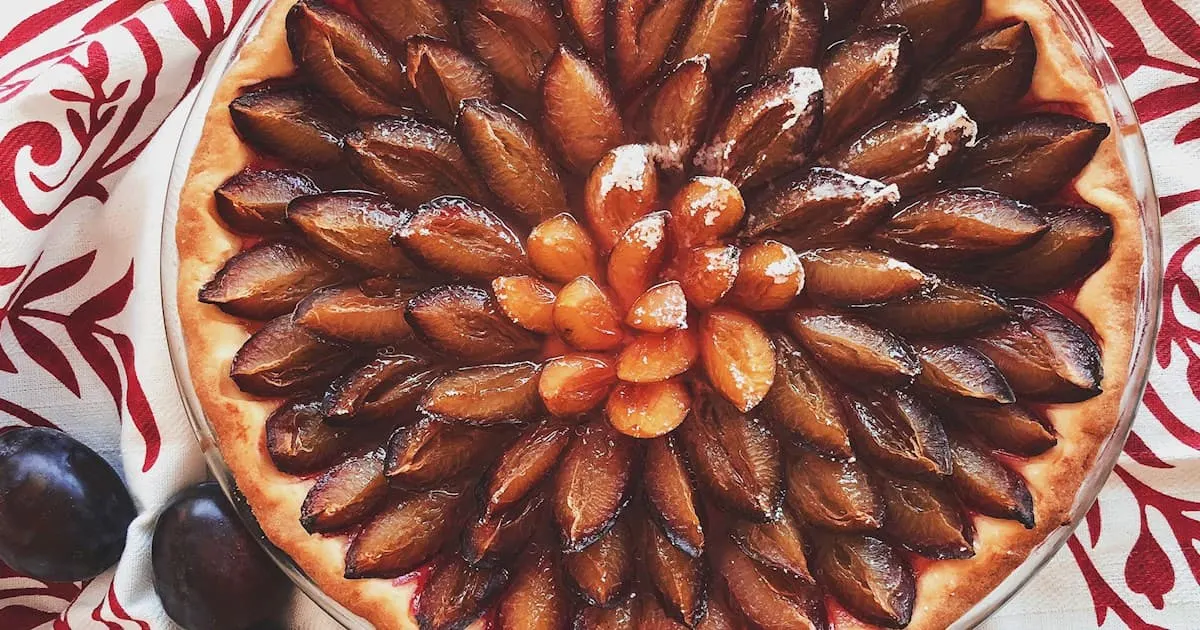
To make an authentic tart, the plums are arranged in overlapping layers, giving you a sweet, fruit-filled dessert. Although Quetschentaart is available year round across Luxembourg, it was originally served during late summer and autumn when the plum crop is naturally in season.
8. Appelklatzen
Just like dumplings, baked apple desserts are a European staple. From Estonia’s kupsetatud ounad to Austrian strudel and English apple pies, it almost feels as if we’re convinced that the health benefits of apples outweigh the added sugar to make these the original guilt-free desserts.
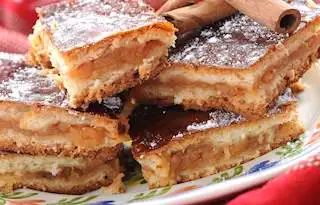

Despite the various ways of presenting Appleklatzen, the key ingredients are always the same. Local apples, dusted with cinnamon and nutmeg, are cooked in sugar, then wrapped in pastry and baked until golden and crispy. Another variant of Appleklatzen is an apple tart which is prepared in the same fashion as Quetschentaart.
A lighter, fluffier alternative Luxembourg traditional food to try is Applekuch. This is a more conventional cake, filled with apples and layered with custard.
Luxembourg Wine
Having told you about Luxembourg’s impressive wine consumption, it would be rude not to give some thought to the Duchy’s favorite drink. Especially given that all the best Luxembourg traditional food pairs perfectly with a glass or three.

White wines are Luxembourg’s signature, with Riesling, Pinot Blanc and Pinot Gris forming the mainstay of its grape crop. Sparkling Crémant is also popular. Red and rosé are also produced, though in lesser quantities.
If you have time to dedicate a full day to wine, I always recommend taking a tour of some of the Moselle Valley’s most famous vineyards. A walking tour of Luxembourg City with wine tastings is a convenient alternative if your schedule is a little tighter. I just wouldn’t plan for too much after…
Share This Article

Traveling soon? Subscribe to The Insight below and get exclusive access to our personalized travel advice community via WhatsApp so you can ask all your burning travel questions.
Looking for the best comprehensive travel insurance? SafetyWing has you covered.
And for your eSIM in every country, there is only one option we recommend: Airalo.
Read more of our best insights from around the world
